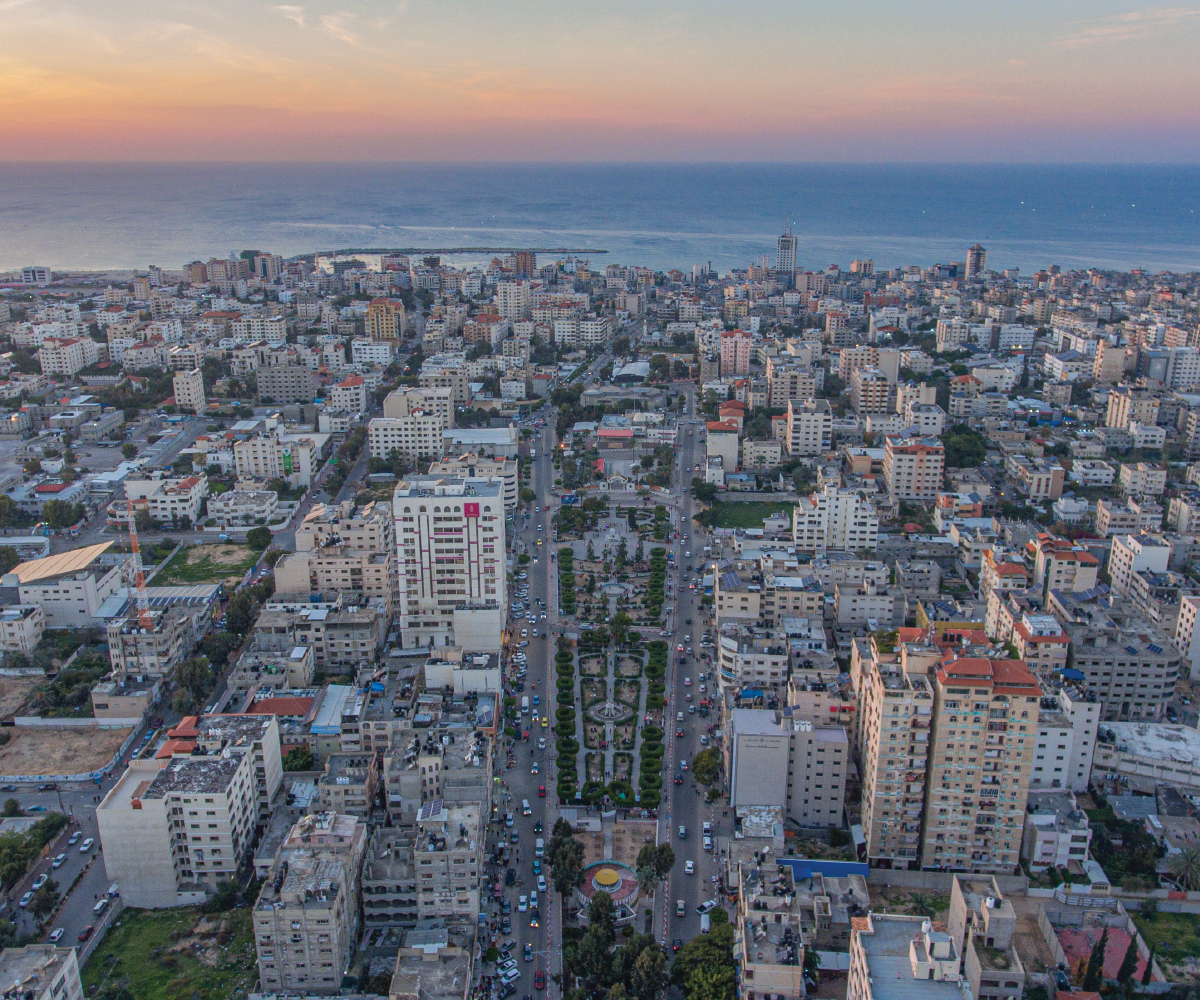Project: Supporting Population Evidence and Champions in Africa (SPEC)
Harnessing the Demographic Dividend in Ethiopia
Ethiopia, with a current population of about 100 million, has achieved gains in several major health indicators.

Project: Supporting Population Evidence and Champions in Africa (SPEC)
Ethiopia, with a current population of about 100 million, has achieved gains in several major health indicators.
(2003) Reaching age 100 has long fascinated society. The century mark holds an almost mystical importance as a seal of hardiness and good health — the sign of a life well-lived.
(2003) In only 20 years, HIV/AIDS has developed into the most devastating epidemic the world has faced. Forty million individuals worldwide live with HIV/AIDS and millions more individuals, families, children, and communities affected by HIV/AIDS face multiple challenges.1 Yet while many countries continue to experience increasing HIV prevalence rates, Cambodia appears to be making progress.
(2010) Family planning empowers women and can save their lives. It can also help reduce poverty, slow population growth, and ease pressures on the environment.
(2009) An estimated 100 million to 140 million girls and women worldwide have undergone female genital mutilation/cutting (FGM/C) and more than 3 million girls are at risk for cutting each year on the African continent alone.

What do data tell us about the people who live in Gaza and the West Bank?
(2015) Rwanda today has been hailed as one of the few countries on a fast track to reducing child and maternal mortality--thus meeting two of the United Nations Millennium Development Goals in 2015.
(2009) "Honor Killings" claim the lives of at least 5,000 women each year in traditional societies around the world; many more women live under the fear of these attacks.
Even before the massive earthquake in January 2010, Haiti's nearly 10 million people ranked as the poorest in the Western Hemisphere.